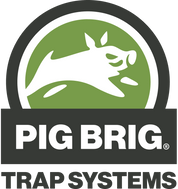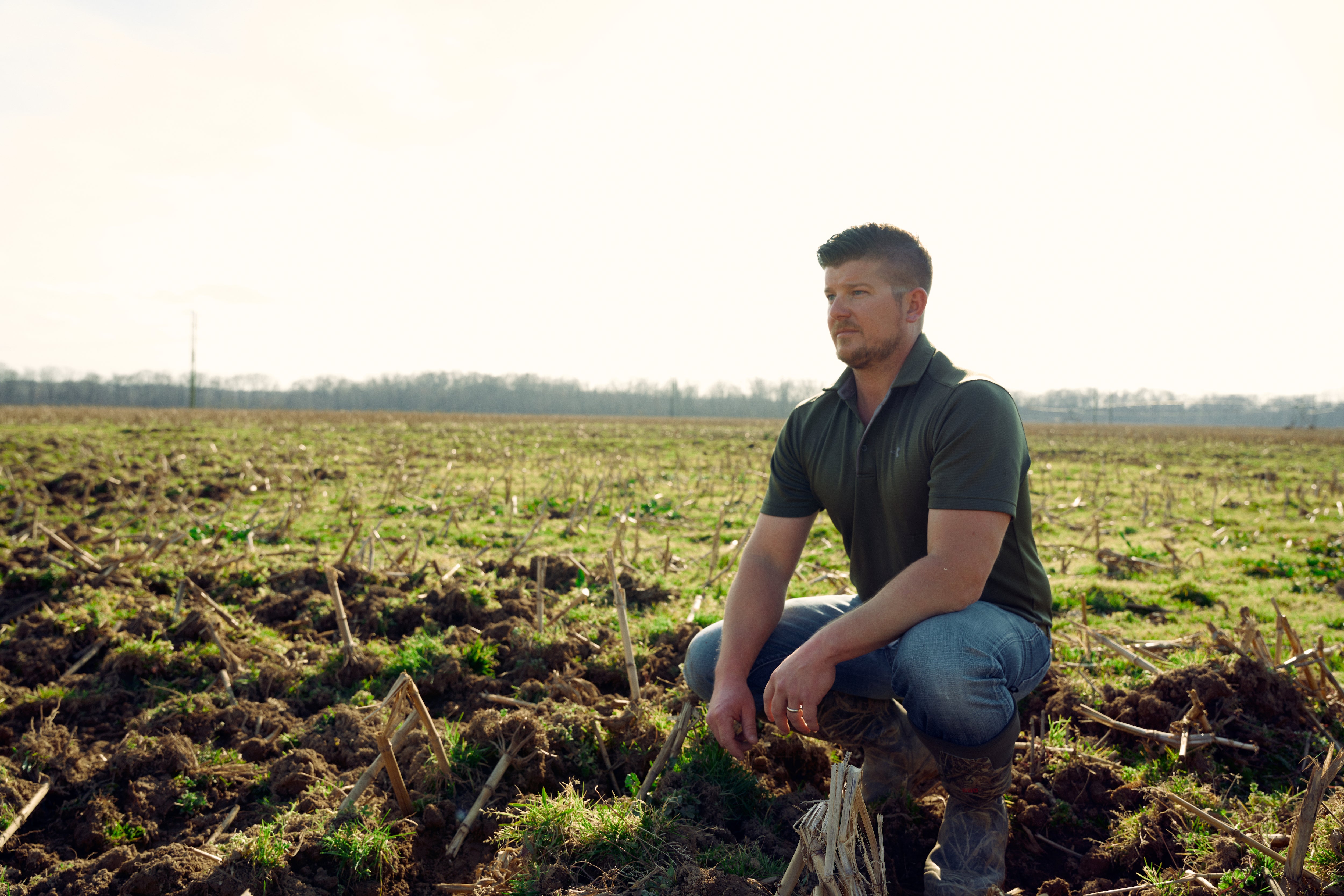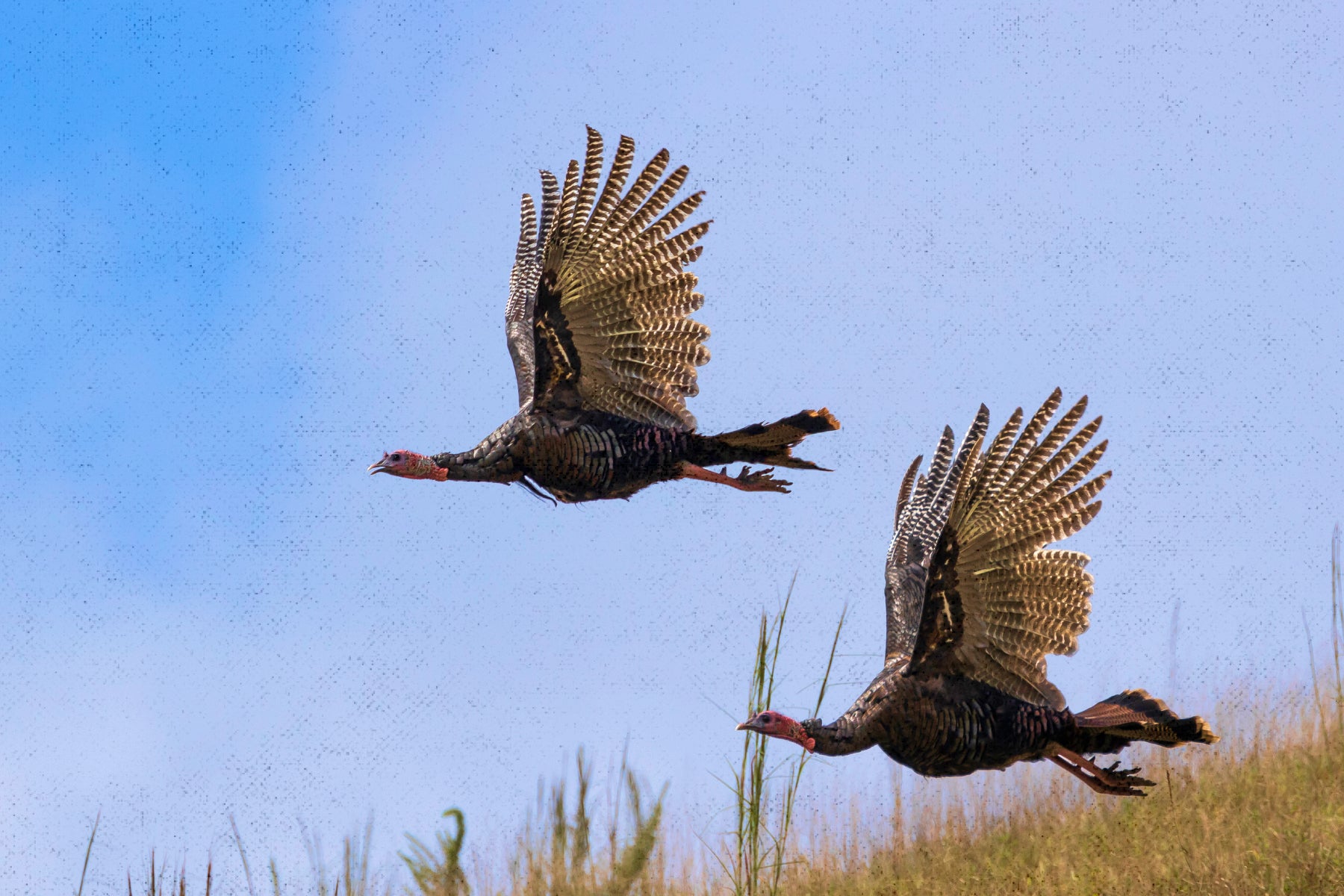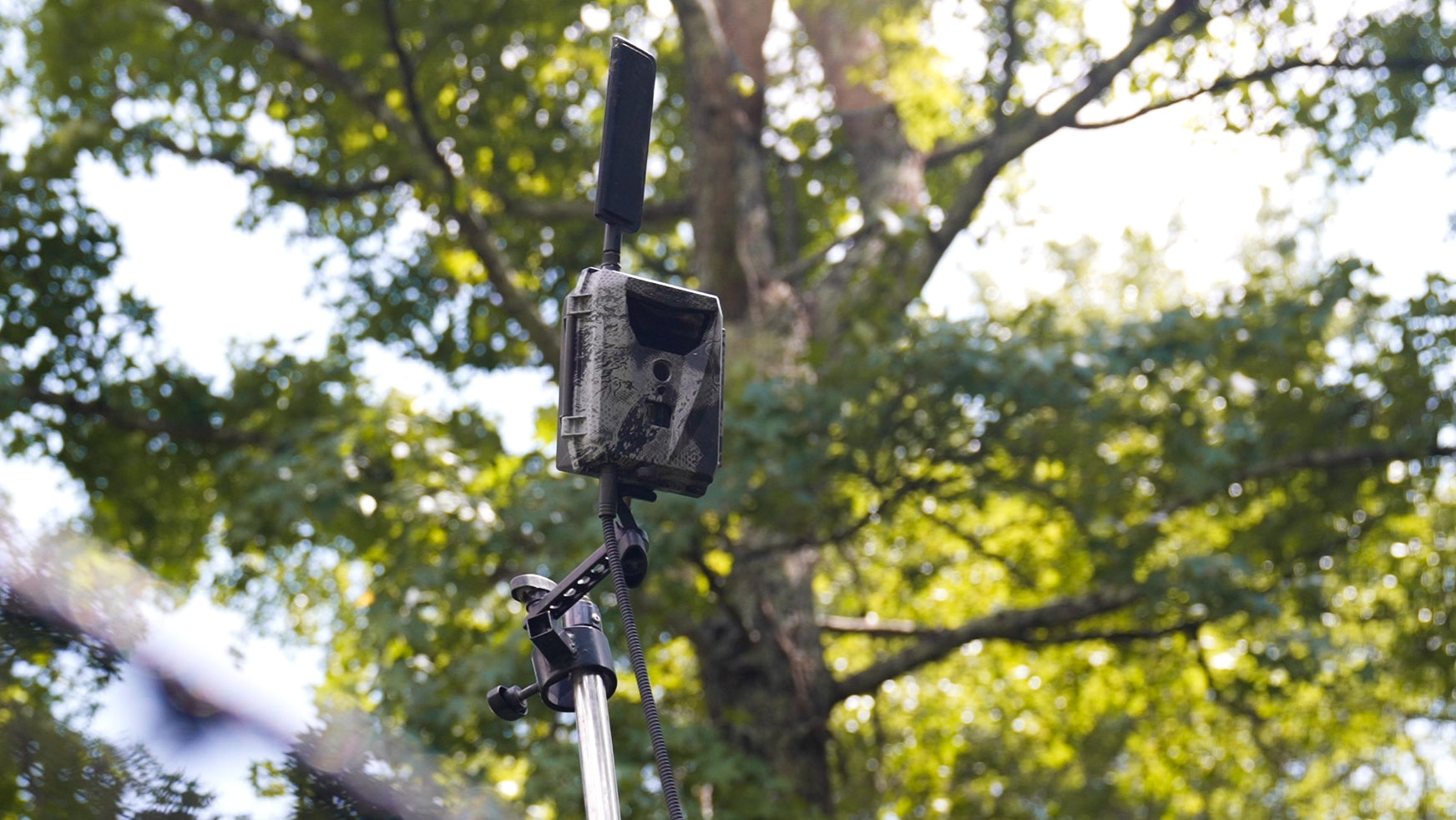Trouble trapping? Let’s talk about Fall.
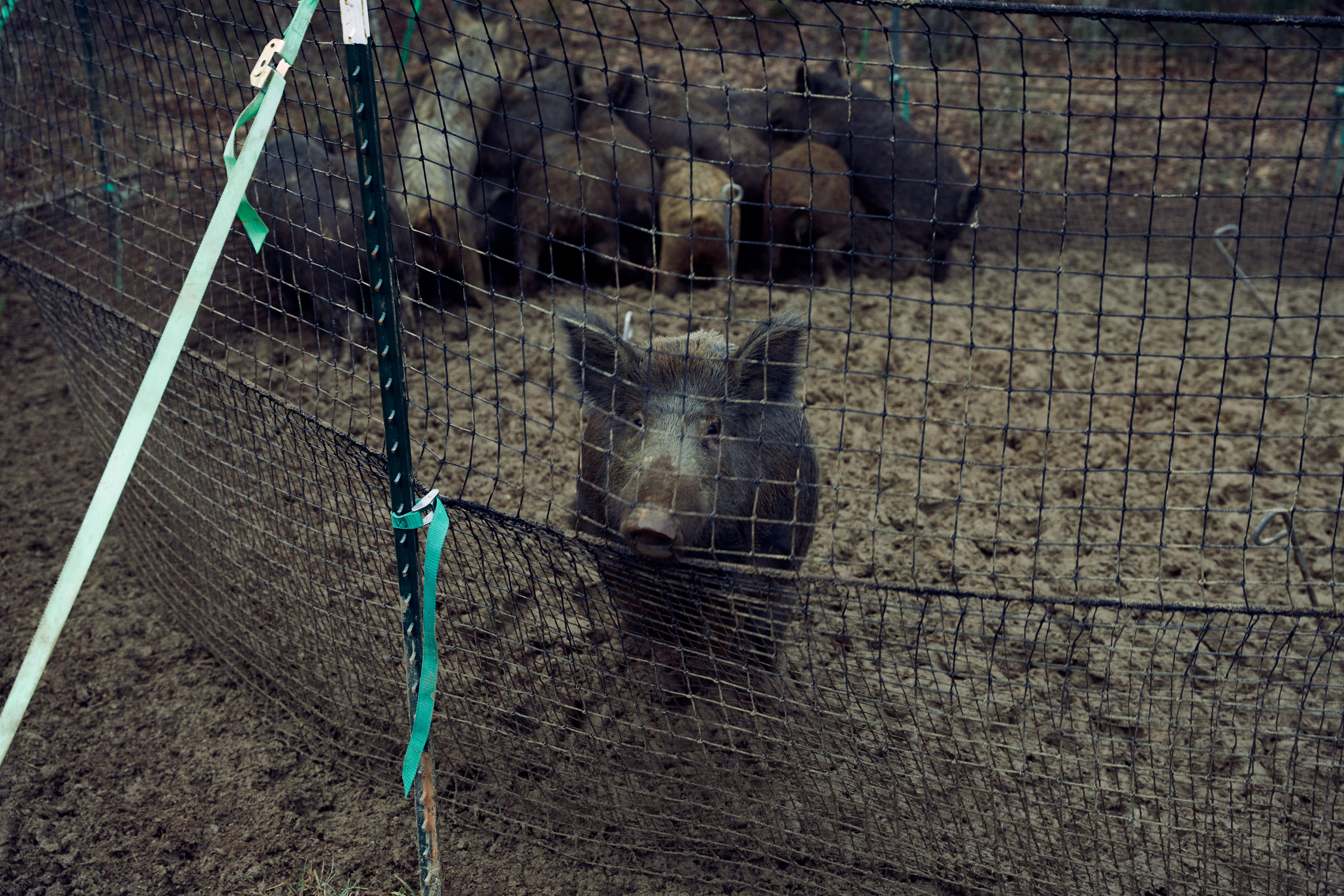
As the seasons change, so do the menu options for wild hogs. Just like humans have become programmed to look forward to pumpkin spice lattes at their nearest Starbucks, hogs have become programmed to look forward to fall’s bounty.
Feral pigs are opportunistic and voracious eaters. Meaning they will eat almost anything under their snout, and they will eat a lot of it. However, they are instinctive eaters too. And the coming of fall marks a change in their diet and habits.
This is a big problem if you are a farmer, and the bounty of fall happens to be the harvest you have planted, cared for and are counting on this year.
And whether the hog’s next meal is maturing in your field or just naturally present on the ground, fall presents ample nutritional opportunity. Pigs know that fall brings nutrient-rich pecans and acorns, and—like many wild animals and big game—they eat a lot more to fatten up for winter.
This means three things:
- Fall is a dangerous time for farmers. The fall harvest is an all-you-can-eat buffet for a sounder of hogs.
- Fall feeding puts extra pressure on deer, birds and other game by competing for food resources. Unchecked, hogs can set up a poor hunting season.
- With natural food in abundance, hogs have plenty of food options other than your bait, making trapping much more difficult.

Aaron Sumrall, PhD, is a member of the Pig Brig team and has studied the behaviors of feral hogs for decades. Here are some trapping tips and practical advice from his field experience:
- Don’t try to force pigs. Trying to force pigs toward bait when a cornucopia of natural food is available is an exercise in futility. Take a break from your traditional trapping routine. If you pressure the hogs, they will become weary and harder to catch as the season progresses.
- Observe and cooperate. We cannot change nature and feral instinct, but we can observe and respond to it. Set up small bait stations and attractants near your field cameras. Watch their behaviors and cooperate with THEM. For game camera recommendations, check here. For bait stations, try grain piles.
- Reload and get ready. During this break in the action, reload your trapping tool kit. Make repairs to netting, if necessary. Drive your t-posts in new trap locations, locate a new spot for tree sets, so hogs will get comfortable with their presence and so that you will be ready to react quickly when their behaviors change.
- Don’t change your bait. The earth is flush with acorns and pecans, hunters are firing up wildlife feeders. Fall rains soften the soil revealing tubers and rhizomes and also force protein-rich invertebrates to the surface. Hogs have plenty to pick from. The problem is not your bait. And you should not change it. When the natural bounty begins to fade away, you want feral hogs to be accustomed to the bait you are using so that it feels natural and doesn’t trigger their instinctive suspicions.

In summary, fall is a time of plenty for the hogs, which will require plenty of extra patience from you. Don’t force the situation by adding additional trapping pressure. Fall back, regroup and be ready to trap aggressively as soon as you see the conditions change.
 FINANCING AVAILABLE
FINANCING AVAILABLE
